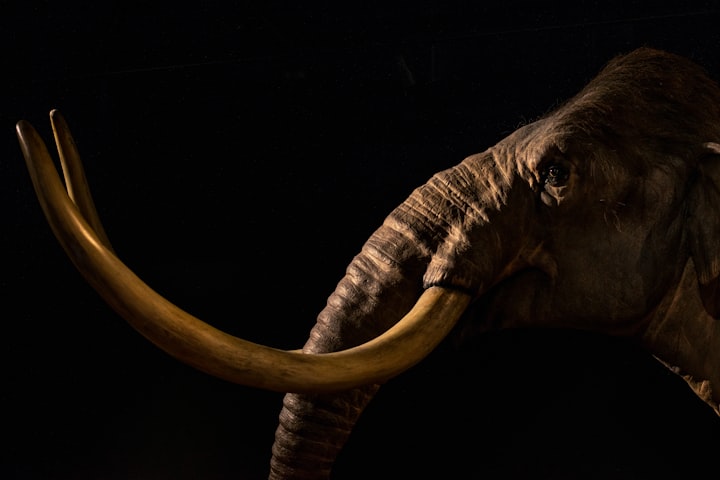Understanding Range and Efficiency in Your Tesla EV: A Guide for New Drivers
Discover essential insights for new Tesla drivers, from understanding EV range and efficiency to debunking myths and promoting sustainability.

As the world shifts towards more sustainable transportation solutions, electric vehicles (EVs) like Tesla have gained significant popularity. As a new Tesla driver, it's important to understand how to measure range and efficiency in your EV, just as you would with an internal combustion engine (ICE) vehicle measured in miles per gallon (MPG). In this guide, we'll walk you through the key concepts and considerations for assessing the range and efficiency of your Tesla EV.
Rethinking Range: Miles Per Charge (MPC)
In the ICE world, range is often associated with how far you can travel on a gallon of fuel. In the EV realm, the equivalent metric is known as Miles Per Charge (MPC). MPC represents the distance you can travel on a single full battery charge. Tesla provides an estimated MPC for each of their models, which can vary based on factors such as driving conditions, weather, and battery health.
Understanding Efficiency: Watt-hours per Mile (Wh/Mi)
While MPG quantifies how efficiently an ICE vehicle uses fuel, EV efficiency is measured in Watt-hours per Mile (Wh/Mi). This metric represents the amount of energy (in watt-hours) your Tesla consumes to travel one mile. Lower Wh/Mi values indicate higher efficiency. You can monitor your Tesla's Wh/Mi in real-time on the energy consumption screen within the vehicle's interface.
Factors Affecting Range and Efficiency
Driving Style: Just as aggressive driving can reduce MPG in an ICE vehicle, it can also impact the efficiency of your Tesla. Smooth acceleration, gentle braking, and maintaining a consistent speed can help improve efficiency and extend range.
Climate Control: Heating, cooling, and defrosting the cabin can consume extra energy. Preconditioning your Tesla while it's still charging can help minimize the impact of climate control on your range.
Terrain and Elevation: Uphill drives require more energy, just like an ICE vehicle may consume more fuel in hilly terrains. Be mindful of this when planning longer trips.
Speed: Higher speeds result in increased wind resistance, which can affect efficiency. Driving at moderate speeds on highways can contribute to better energy usage.
Tire Pressure: Proper tire maintenance is crucial. Underinflated tires can cause more rolling resistance, impacting efficiency.
Accessory Use: Using features like seat heaters, audio systems, and headlights can draw additional power and reduce your range.
Maximizing Range and Efficiency
Regenerative Braking: Take advantage of regenerative braking, a feature in most EVs including Teslas, which converts kinetic energy during braking into electricity to recharge the battery.
Optimal Charging: Avoid frequent fast charging, as it can stress the battery. Whenever possible, charge your Tesla at home using a Level 2 charger for optimal battery health.
Route Planning: Utilize your Tesla's navigation system to plan routes that include Supercharger stops if needed, and consider topography and traffic to optimize efficiency.
Scheduled Departure: If your Tesla is plugged in, use the scheduled departure feature to precondition the cabin and battery before you start driving, enhancing efficiency in colder weather.
Monitoring and Tracking Efficiency
Energy Consumption Screen: Tesla's energy consumption screen provides real-time data on your Wh/Mi usage. Familiarize yourself with this screen to understand how different driving behaviors impact your efficiency.
Trip and Energy Usage History: Review your trip and energy usage history in the vehicle's interface. This data can help you identify patterns and adjust your driving habits for better efficiency.
Mobile App: Tesla's mobile app allows you to monitor your vehicle's status remotely, including its current charge level and location. You can also use the app to start climate control remotely, reducing the need for energy-intensive heating or cooling when you begin your drive.
Range Anxiety and Planning
One of the concerns new EV drivers may have is range anxiety – the fear of running out of battery power before reaching their destination. Tesla's extensive Supercharger network helps alleviate this concern. Superchargers are high-speed charging stations strategically placed along popular travel routes, allowing you to quickly charge your Tesla during longer trips. Utilize your vehicle's navigation system to locate Superchargers along your route and plan your stops accordingly.
Battery Health and Longevity
Maintaining the health of your Tesla's battery is essential for preserving its range and efficiency over time. Tesla provides software updates that can optimize battery performance and longevity. Additionally, here are a few tips to keep your battery in good condition:
Avoid Extreme Temperatures: Exposure to very high or low temperatures can degrade battery performance. Whenever possible, park your Tesla in a covered area and avoid leaving it exposed to harsh weather conditions.
Avoid Full Charges: While it's tempting to charge your Tesla to 100% every time, frequent full charges can contribute to battery wear. Charging to 80% or 90% for daily use and reserving 100% charges for longer trips can help extend battery life.
Regular Use: Teslas are designed to be driven regularly. If you're not using your Tesla for an extended period, ensure it's plugged in and set up a scheduled charge to keep the battery at an optimal level.
Overcoming Common Myths and Misconceptions
"EVs Have Limited Range": While it's true that early EVs had more limited ranges, modern Tesla EVs offer impressive ranges that can easily cover most daily commuting needs. With the growing network of charging stations, longer trips are also becoming more manageable.
"Charging Takes Forever": Charging times for EVs have improved significantly. Tesla Superchargers can provide a substantial charge in a relatively short time, allowing you to get back on the road quickly during longer journeys.
"EVs Are Boring to Drive": Quite the opposite! Tesla EVs offer instant torque, providing exhilarating acceleration. The smooth and quiet operation, combined with advanced driver-assistance features like Autopilot, can make your driving experience enjoyable and stress-free.
Contributing to a Sustainable Future
One of the most rewarding aspects of driving a Tesla EV is its contribution to a greener planet. By choosing an electric vehicle, you're significantly reducing greenhouse gas emissions and reliance on fossil fuels. You're also supporting the growth of renewable energy sources as EV adoption drives demand for cleaner energy production.
Continuing Education
As technology evolves, so do the features and capabilities of Tesla EVs. To stay informed and make the most of your ownership experience, consider attending Tesla-sponsored events, webinars, and workshops. Tesla's regular software updates can also introduce new features and optimizations, so keep an eye out for these updates and explore the user manual to stay current.
Embracing the Tesla Lifestyle
Owning a Tesla is more than just driving a car; it's a lifestyle that embraces innovation, sustainability, and cutting-edge technology. Connect with other Tesla owners, participate in local EV events, and take advantage of the ever-growing ecosystem of products and services designed to complement your Tesla experience.
Conclusion
As a new Tesla driver, you're embarking on a transformative journey into the world of electric mobility.



